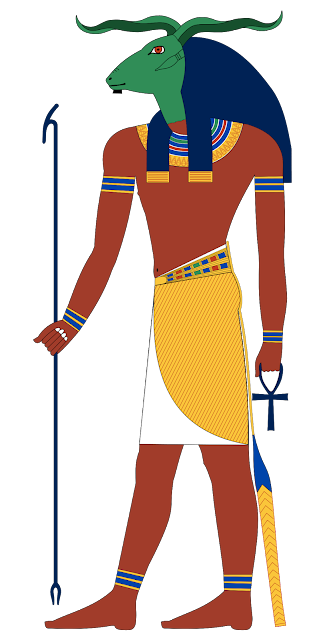Shwetambar Jain Pratikraman
Jain Jain PratikramanPratikramana (Sanskrit: प्रतिक्रमण; also spelled Pratikraman) (lit. "introspection"), is a ritual during which Jains repent (prayaschit) for their sins and non-meritorious activities committed knowingly or inadvertently during their daily life through thought, speech or action.
Pratikramana also refers to a combition of six avashyaks (essential rituals), being Samayik (state of total equanimity), Chauvisantho (honoring the 24 Tirthankars), Vandana – (offering salutations to sadhus (monks) and sadhvis (nuns)), Pratikramana (introspection and repentance), Kayotsarga (meditation of the soul) and Pratyakhyan (renunciation).
Although frequency of repenting varies, devout Jains often practice Pratikraman at least twice a day. It is one of the 28 primary attributes (mūla guņa) of both Śvētāmbara and Digambara monks.
Pratikramana also refers to a combition of six avashyaks (essential rituals), being Samayik (state of total equanimity), Chauvisantho (honoring the 24 Tirthankars), Vandana – (offering salutations to sadhus (monks) and sadhvis (nuns)), Pratikramana (introspection and repentance), Kayotsarga (meditation of the soul) and Pratyakhyan (renunciation).
Although frequency of repenting varies, devout Jains often practice Pratikraman at least twice a day. It is one of the 28 primary attributes (mūla guņa) of both Śvētāmbara and Digambara monks.

























